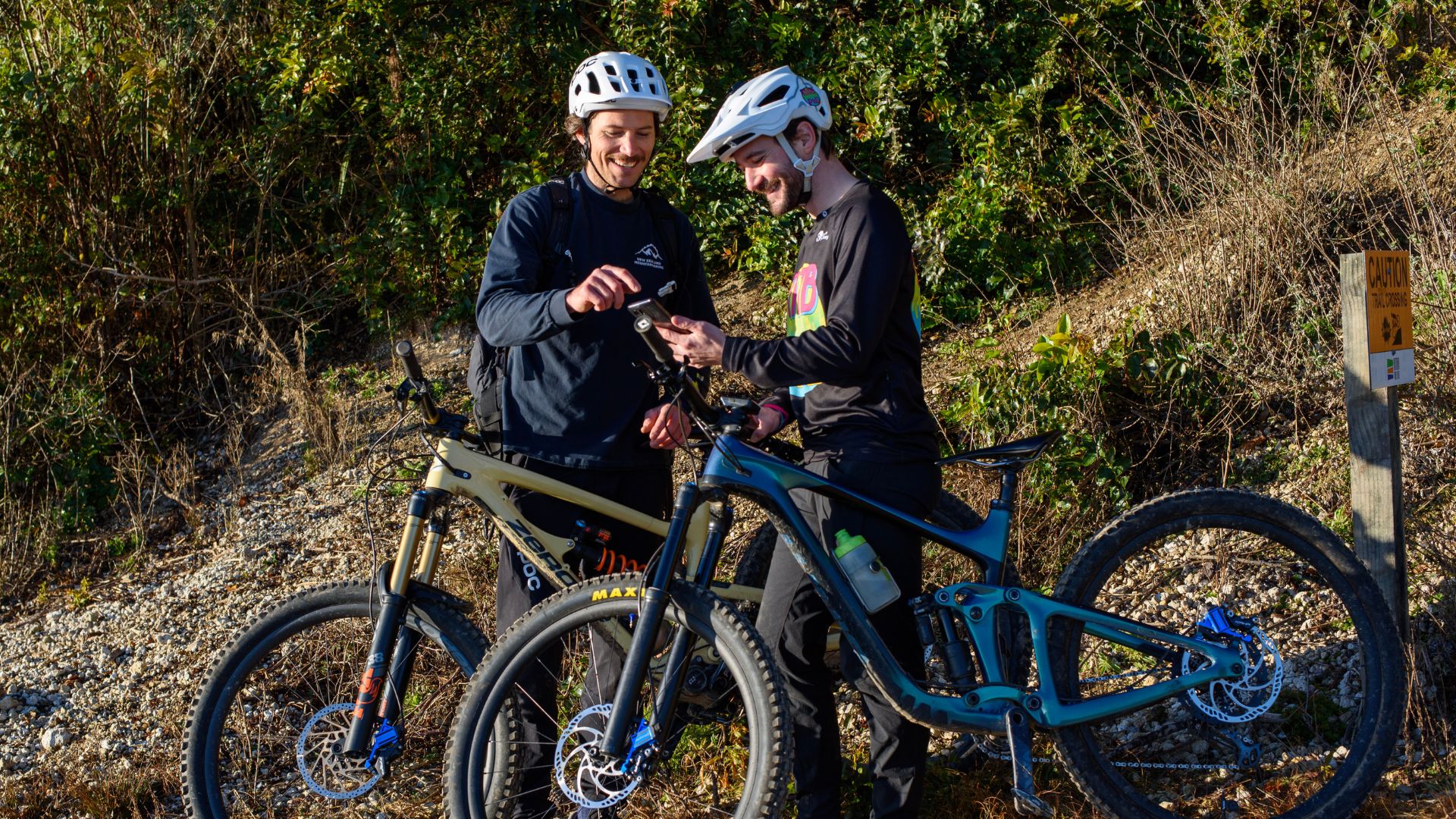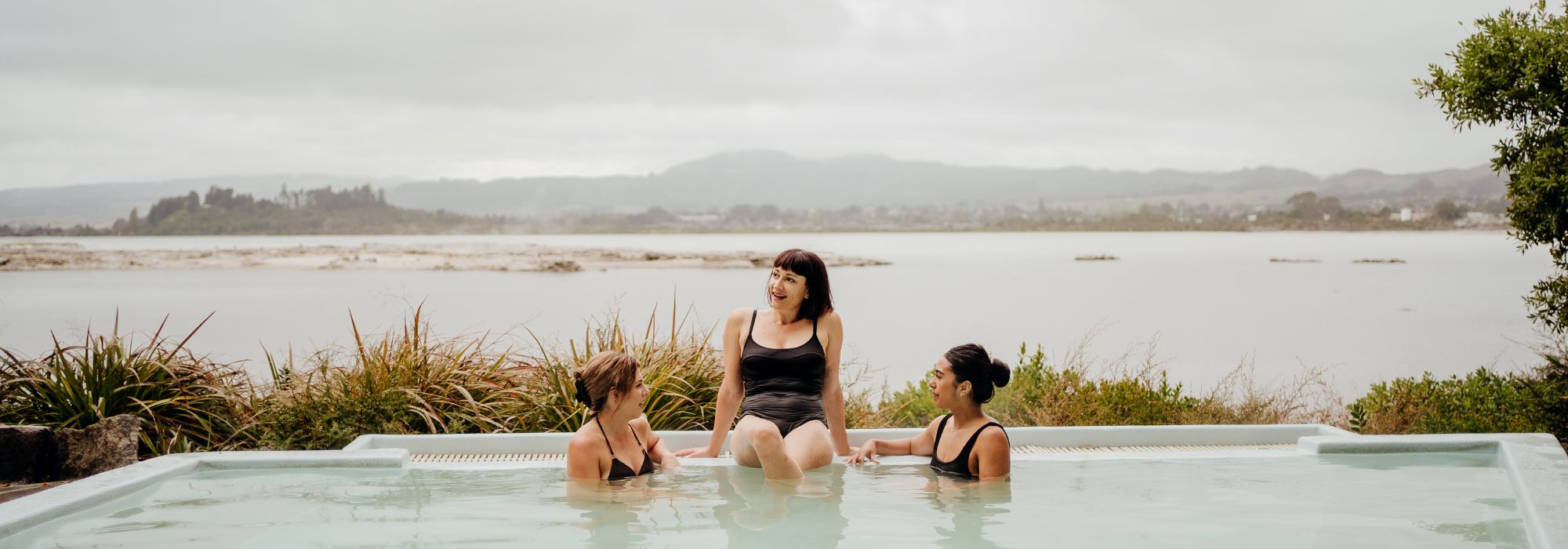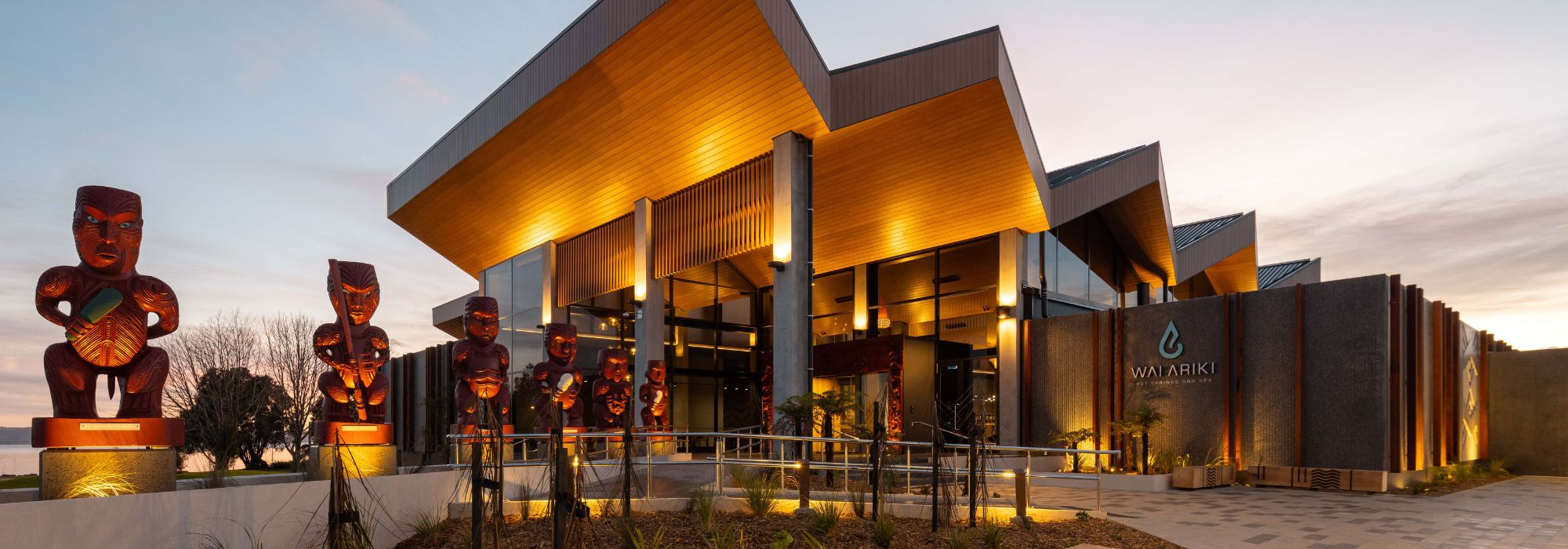It’s here that a team of Vortex Group’s engineers is hard at work creating state-of-the-art turbines built to harness a natural resource – water – to create a valuable source of renewable energy.
Jevon Priestley founded Vortex in 2015 after working for an engineering company in Kawerau and seeing an opportunity to specialise in meeting the growing demand for renewable energy solutions, or what Jevon calls a “water-to-wire solution”.
“We decided it was an area that was important enough to just do exclusively, and there was a large enough opportunity to go into the renewable energy space,” Jevon says.
“We are a country that wants to pay attention to the environment. That means there are opportunities in the renewable energy sector which we should be grabbing at the front end. There are 48 small hydro power stations in New Zealand and potentially the ability to make a lot more.”
From drafts to 3D models to the final product, everything is made right here
Jevon says he chose to locate Vortex in Rotorua as it’s centrally located close to the main power generators in the North Island, and “very attractive to visitors from both within New Zealand and offshore.”“We have trouble finding trade staff but that is the same New Zealand wide. In terms of attracting talent from overseas, Rotorua is a nice draw card for people looking to have a good lifestyle and really has a lot to offer for young families.
“Housing is still reasonable and so getting on to the house ownership ladder is still achievable for young people under their own steam, as long as they are committed.”
Incorporating modern technology such as drones and 3D scans assists Vortex in the planning and designing stages, and they’ve got their own mechanical capabilities to make, install and commission everything themselves.
“We do all our making here in Rotorua. We don’t just make the equipment, we also design the electrical side which is quite a complex control system. So we do all our own design and manufacturing, and we do all of that using local companies who are subcontracted.”
Vortex’s vision is to be a leading supplier of small to medium complete hydropower generation solutions in the Asia-Pacific region and they appear to be on target as the team has already doubled in size to keep up with demand.
“We’ve made four turbines in New Zealand but most of our turbines are offshore. We do a lot of work in the South Pacific.
“We’re certainly well positioned to sell our wares into the Southeast Asian market, which is the biggest growth market in the world.
“There is innovation and capability to manufacture in this country for those large markets. Those markets are great at replicating. They’re not always great at innovating. We are good at innovating here, we just don’t sell it well. We look too inwardly, unlike some other European companies.
“They sell high-value, technology-rich things that are difficult to make, like the stuff that [Vortex] make. They’re not easily copied, so you don’t have to be the cheapest option. However, you have to have a high level of innovation and a high level of manufacturing expertise and capability, which we’ve got in New Zealand.”
What does the future hold for Vortex?
“We’re working on a large $20 million project north of Auckland, for a farmer, which we call a ‘shovel-ready project’. It’ll employ people here in Rotorua as well as create a bunch of jobs up north.”As technology changes, so does the increase in demand for Vortex’s turbines.
“We’re working very hard to develop what we call our climate guardian range of turbines which is loaded down to 2 kilowatts (you need about 4kw to run a New Zealand household). That’s where we see a real mass market. We’re making eight right now for New Zealand but we see the export market holding the strongest potential.
“We’re also creating a Vortex Hydro Map app where customers can enter the data they need to find a solution out of our product range. That’s what they want in Asia but we hope it’ll become popular here too.”



